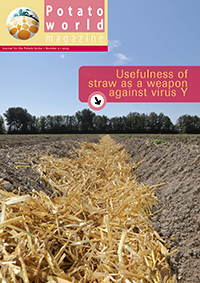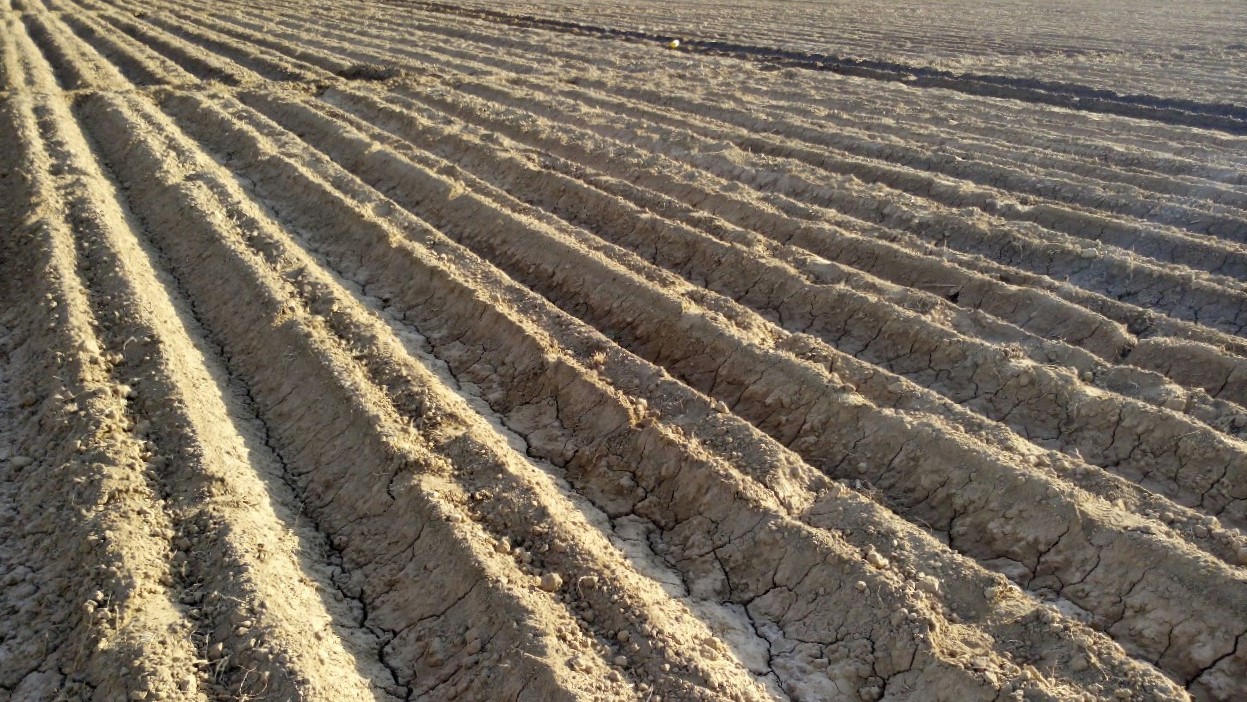Already a subscriber? Activate your premium account

Potatoworld Magazine

Salinity worldwide is an increasing soil problem, especially in coastal areas with salt water intrusion. Salt also accumulates where irrigation takes place without proper drainage. In the range of crops going from tolerant, moderately tolerant, moderately sensitive to sensitive, potato is classified as ‘moderately sensitive’ according to the FAO classification described in the document on ‘Water quality for agriculture’.
With an increase of soil salinity the electric conductivity (EC) of soil moisture increases. The crop differs in sensitivity to saltiness of the water in the soil (sw) and of that of the irrigation water (iw).
ECsw = 1.5 x ECiw
The relationship between the electric conductivity (EC) of two being: ECsw = 1.5 x ECiw. Water containing less than 150 mg chloride (Cl-) per liter equivalent to an electric conductivity less than 0.7 dS/m is considered non-saline. Between 2 and 10 dS/m (480–2940 mg Cl- per liter) it is considered moderately saline, intermediate values refer to slightly saline conditions, still suitable as irrigation water provided the soil drains well and salt accumulation is avoided. Genotypic differences exist with some genotypes suffering 10% loss at 1000 mg/L salt in soil water and others only at 1500 whereas the differences at 50% yield loss varied little around 3500 mg/liter according to Salt Farm Texel data in the Netherlands. Several breeding companies are currently testing their varieties and breeding material for salt tolerance besides drought tolerance.
Events
©2015 - 2024 Potatoworld | Webdesign and realisation COMMPRO